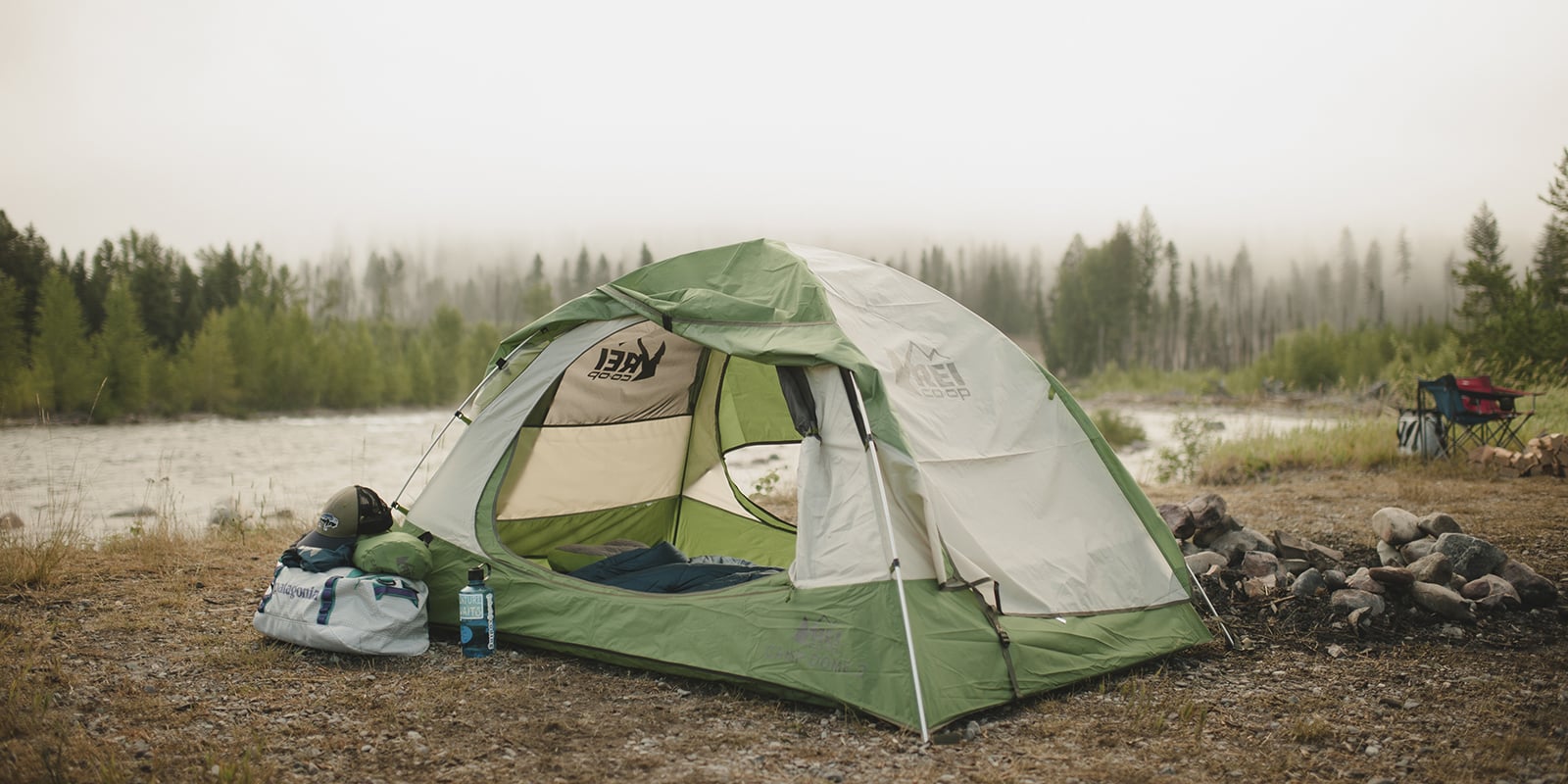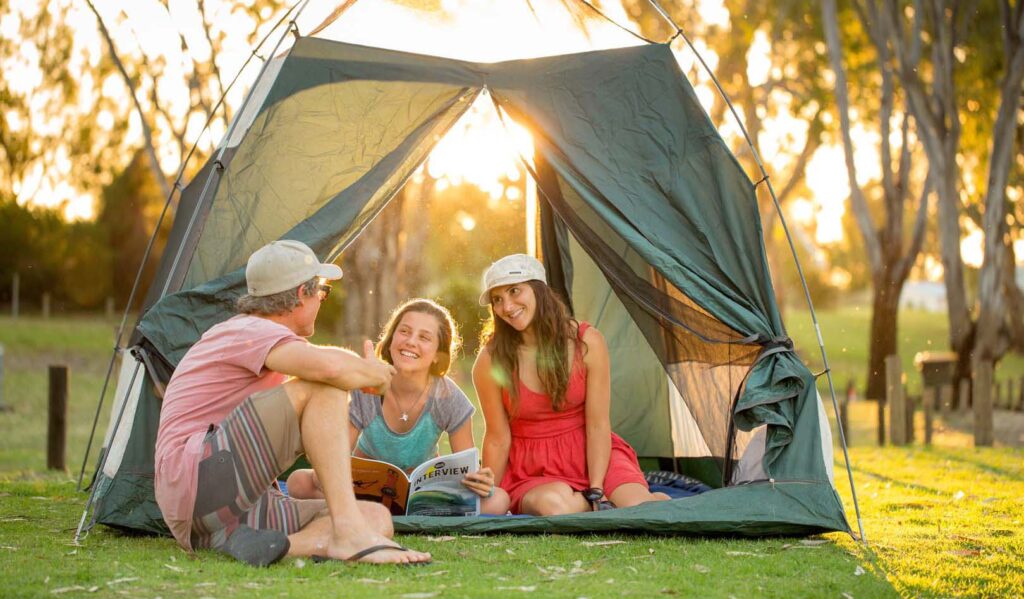Uncategorized
“How to Choose the Best Tent for Your Camping Trip
A tent is one of the most important pieces of equipment for any camping trip. It serves as your shelter from the elements, your sleeping area, and your private space in the great outdoors. Choosing the right tent can significantly impact your camping experience. This guide will help you navigate the options and select the best tent for your needs.
1. Consider Tent Capacity
The first step in choosing the right tent is determining the size you need. Tent capacity is usually labeled as 1-person, 2-person, 4-person, etc. However, these ratings often assume minimal gear inside the tent.
For solo campers, a 1-person tent is lightweight and compact but might feel cramped. For groups or families, opt for a tent that accommodates one or two extra people to provide enough room for gear and comfort.
Pro Tip: If you’re bringing a lot of gear, consider upsizing for additional space.

2. Choose the Right Tent Type
There are several types of tents available, each suited to different activities and environments.
Dome tents are versatile and easy to set up, performing well in most conditions. Tunnel tents are spacious and ideal for families but require good staking for stability. Backpacking tents are lightweight and compact, designed for hikers and minimalists. Cabin tents offer vertical walls for maximum interior space, making them great for car camping.
Match the tent type to your camping style for the best experience.

3. Assess Seasonal Ratings
Tents are categorized by their suitability for different weather conditions.
Three-season tents are designed for spring, summer, and fall, offering ventilation, lightweight construction, and moderate weather protection. Four-season tents are built for winter or high-altitude camping, providing extra insulation and sturdier materials to withstand snow and strong winds.
For most casual campers, a three-season tent is sufficient.

4. Check the Weather Resistance
A high-quality tent should protect you from the elements, including rain, wind, and sun.
Waterproofing is essential; ensure the tent has a durable rainfly and a high waterproof rating (measured in mm). Seam-sealed or taped seams prevent leaks. Wind resistance is important; choose a tent with strong poles and guy lines for added stability. Some tents also feature UV-resistant materials to protect against sun damage.
5. Evaluate Tent Weight and Portability
If you’re car camping, weight may not be a concern. However, for backpackers and hikers, a lightweight tent is critical.
Single-wall tents are lighter but offer less insulation, making them ideal for summer trips. Double-wall tents are heavier but provide better protection from rain and condensation. Compact packing size is another important factor for hikers with limited space.
6. Look for Easy Setup Features
Nobody wants to spend hours struggling to pitch a tent after a long day of hiking.
Look for color-coded poles to simplify the setup process. Freestanding designs are easy to move and don’t require staking. Quick-pitch systems with pre-attached poles or pop-up mechanisms are great for ultra-fast assembly.
Practice setting up your tent at home before your trip to avoid surprises.
7. Pay Attention to Ventilation
Good ventilation is essential to prevent condensation and ensure comfort.
Mesh panels provide airflow while keeping bugs out. Multiple doors and windows enhance ventilation and make entry and exit easier. Ventilation ports allow warm air to escape, especially in humid environments.
8. Focus on Durability and Material Quality
Investing in a durable tent ensures it will last through multiple trips.
High-denier fabrics (e.g., 70D) are more durable but heavier. Aluminum poles are strong and lightweight, while fiberglass poles are cheaper but more prone to breaking. A thicker, waterproof floor prevents wear and tear from rough surfaces. Adding a groundsheet or footprint can also protect your tent’s floor.
9. Extra Features to Look For
Modern tents often come with added conveniences that enhance your camping experience.
Vestibules provide covered areas outside the tent for storing gear. Storage pockets keep small items organized inside the tent. Gear lofts offer additional overhead storage space. Interior lighting hooks allow you to hang lanterns for nighttime use.
10. Budget and Brand Considerations
While it’s tempting to go for the cheapest option, investing in a quality tent from a trusted brand often pays off in durability and performance.
Research brands known for their reliable camping gear, such as Coleman, REI, Big Agnes, or MSR. Set a budget, but prioritize features and quality to ensure you get a tent that meets your needs.
Conclusion
Choosing the best tent for your camping trip requires careful consideration of your group size, camping style, and the environment you’ll be in. By focusing on factors like size, weather resistance, weight, and durability, you can find a tent that perfectly matches your needs and enhances your outdoor experience.
With the right tent, your camping trip will be comfortable, safe, and full of unforgettable adventures!

